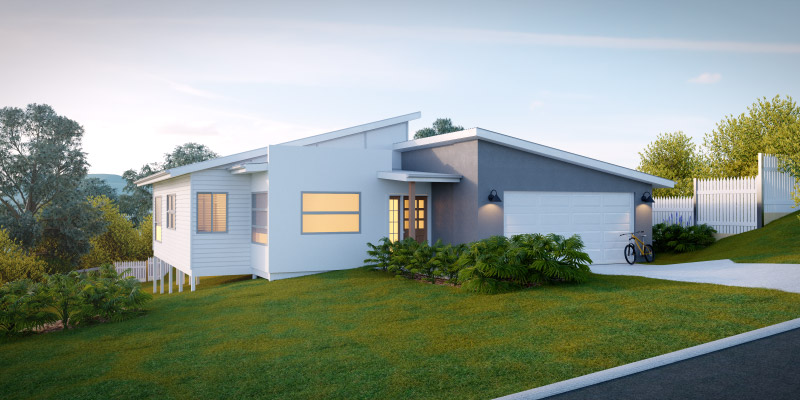This is a part of seven questions relating to the process of converting a prospective new home purchaser into your customer.
This series is about binding the customer to your home design & build process in the face of competition, by giving you an important point of difference in their minds. It will ensure that your proposition is placed high on the shopping list and sets in train the process of gathering the information you need to make their new home design & build specific, and relevant, to their needs.
You can read the first post in this series here:
7 Questions a Builder Must Answer to Win Customers
Let’s move on to the second question.
When prospective customers approach builders about building their home, they are usually looking for information about the type of home they can get, and how much it would cost to build. In other words, what they can get, and how much will it cost to build.
While they may be at different stages of their journey of discovery, but customers don’t usually have fixed plans, ideas, or even budgets in mind. Initially, everything is usually very flexible. Sometimes customers have been talking with a variety of builders, have a better idea of what they want, but have not been able to make the project work from a financial point of view.
Prospective customers therefore ask this question because they want to gather information that would allow them to understand the relative value of different styles of homes and the effect the inclusions have on the price. They are not evaluating whether you are an ‘expensive’ builder or a ‘cheap’ builder, which we will show are meaningless terms. There are no expensive or cheap builders; only those who do more, or those who do less, as we show later.
Asking for Problems
Even after they have spoken with a number of builders, it is difficult for people to gauge the relative value of homes on offer in the marketplace. New home pricing information is highly perceptive, and we have reached a point where the market doesn’t trust the pricing information provided in advertising material.
Moreover, homes are primarily marketed as solutions to preconceived problems instead of solutions specific to individual prospective buyers. This situation allows you to respond in a deeply personal way to a general inquiry and provide accurate actionable information for your prospective customer.
New Home Marketing 101 for Builders – Get on Their Shopping List
Had the prospective customer already stumbled upon someone who has responded as I am suggesting you do here, it is unlikely you would be talking to them at all. Customers rarely have the time, or inclination, to consider more than a couple of proposals. They may solicit more, but will cull those they receive viciously, until they are considering a short-list comprising of only one or two proposals.
Your job is to get on that short-list. This task made easier by the tendency of home hunters to hotly pursue the likeliest solution to the issue at hand. Their search is for the perfect home for them at that moment:
- The right design,
- the best Inclusions,
- the best price,
- with a reputable builder who is likely to deliver.
They will settle for the builder ticks these boxes.
- uncover exactly what they want,
- assess the feasibility and likelihood that you can deliver
- provide them with precisely that.
That seems like a simple enough formula, so how can you improve the odds that they will select you?
Demonstrate Expertise. Talk Less … Listen More.
The first task is to demonstrate that you have the presence of mind to take the time to discover all the issues that confront them, as well as the capability and expertise to help resolve them.
So how do we contextualize cost questions? By examining the impact of actual design cost implications. To do so, you need access to up-to-date relevant build cost data. If you have this, then you can provide context, what is the impact of adding a deck? How much does each square metre of extension add to the cost? to the cost with a deck, etc. etc. It is not necessary to provide these costs instantly, but you need to be able to answer these questions in a reasonable timeframe.
Contextualized, it would sound something like this: “How much were you hoping to spend on your new home and what were you hoping would be included in that?”
You can see that NOT instantly having a specific product at this stage is crucial. You must eliminate the possibility that the response can prematurely be misconstrued as a proposal; long before you have a clear idea of what they are really looking for.
Conversation, Process, and Conversion
The response to this question is really the opening you need to engage in a conversation, which is the beginning of the process of answering their need for specific information as it relates to them.
This is an excellent way to establish yourself as a probable pathway to a solution to the issues they face in their hunt for the perfect home. It provides an assurance that you have a demonstrable pathway to achieving a desirable outcome and do not rely on scatter-gun solutions than blunder through the issues.
More importantly, it provides the basis for your assurance that you would be willing to bring to bear all your experience, knowledge and skill, to coming up with a proposal that would address all the issues they have. This is advantageous to both you and them as it provides them with a clear pathway to achieving the best possible custom home design and build outcome.
The next question to answer is
What is included in that price?


